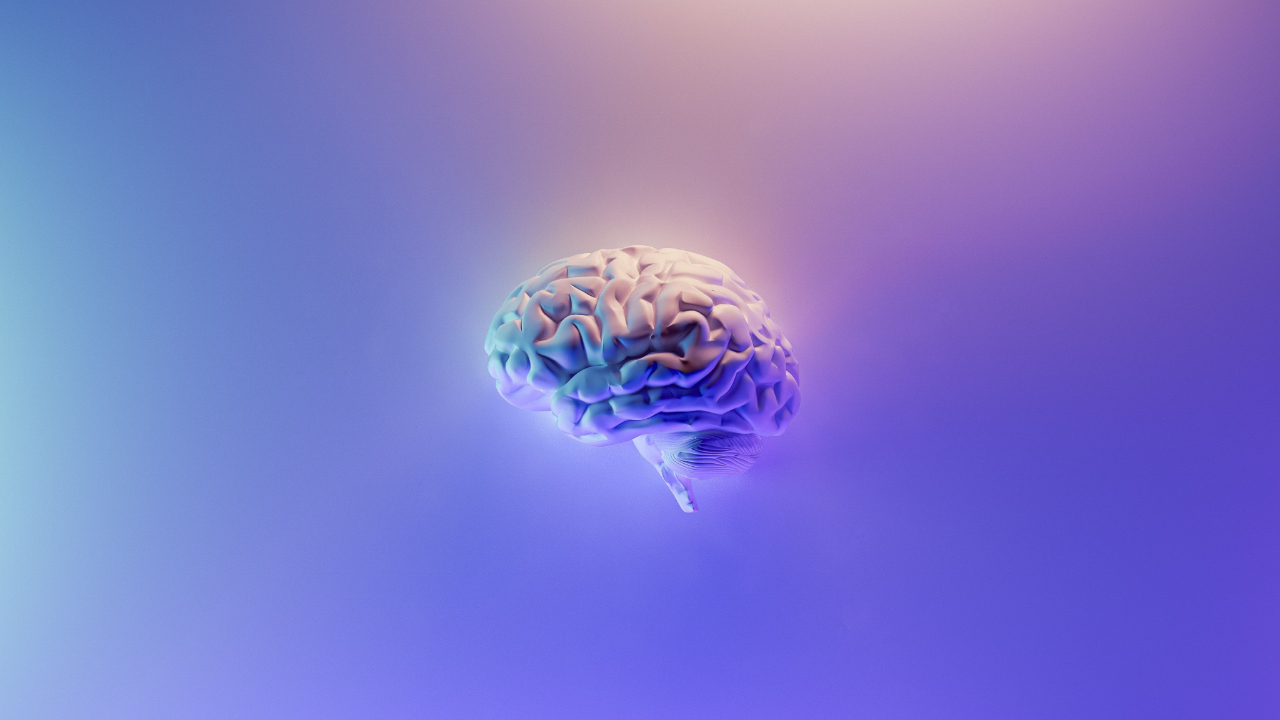EMDR: A powerful way of working with trauma
Feb 28, 2023
“Anything that’s human is mentionable, and anything that is mentionable can be more manageable.
When we can talk about our feelings, they become less overwhelming, less upsetting, and less scary.
The people we trust with that important talk can help us know that we are not alone.”
―
Have you ever experienced a traumatic event that left you feeling shaken, anxious, and not quite like yourself? If so, you're certainly not alone. In fact, according to the National Institute of Mental Health, approximately 60% of American adults experience at least one trauma during their lifetime. And of those people, around 20% will go on to develop post-traumatic stress disorder (PTSD). That means that every year, millions of Americans suffer from the debilitating effects of PTSD. But what if there were a treatment that could help? Enter EMDR.
EMDR is shorthand for Eye Movement Desensitization and Reprocessing. It's a type of therapy that was developed in the 1980s by psychiatrist Francine Shapiro. Since its inception, EMDR has helped millions of people suffering from trauma to heal and move on with their lives. In this blog post, we'll take a closer look at what EMDR is, how it works, and how it might just be the key to unlocking a better life for yourself

Photo credit: Gaspar Uhas @Unsplash
What is EMDR?
EMDR is a type of psychotherapy that's used to treat trauma. It's based on the idea that when we experience a traumatic event, our brains aren't able to process the information properly. This can lead to us feeling stuck in "survival mode," where we relive the trauma over and over again in our minds. EMDR is thought to work by helping our brains to process the traumatic event correctly, which can reduce the intensity of the negative thoughts and feelings we experience.
How does EMDR work?
During an EMDR session, the therapist will guide you through a series of eye movements (or other forms of stimulation) while you focus on the memory of the traumatic event. The therapist will also help you to identify any negative beliefs you have about yourself ("I'm not good enough," "I'm worthless," etc.) that might be contributing to your distress. The goal is for you to eventually be able to think about the event without feeling overwhelmed by negative emotions.
One way to think about it is like this: imagine that your brain is like a filing cabinet full of folders (each representing a different memory). When we experience trauma, it's as if one of those folders gets shoved into the back of the cabinet and then gets forgotten about. Over time, that forgotten folder starts to collect dust and gather cobwebs. The goal of EMDR is to help bring that forgotten folder back into your awareness so that you can deal with it in a healthy way—and then file it away correctly so that it doesn't cause problems down the road.
What are some benefits of EMDR?
EMDR has been shown to be an effective treatment for PTSD in multiple studies. In fact, according to one review article, "70%-90% of individuals who received standard EMDR treatments no longer met criteria for PTSD." That means that for 7 out of 10 people who receive EMDR treatment, their PTSD symptoms completely go away! Additionally, EMDR has also been found to be helpful for treating anxiety, depression, phobias, and even chronic pain.
Conclusion
Are you struggling with symptoms of PTSD? If so, know that you're not alone—and there is hope! Millions of people have found relief from their symptoms through EMDR therapy. If you're interested in exploring this option further, be sure to speak with your doctor or therapist about whether or not it might be right for you.
Photo credit: Milad Fakurian @Unsplash
Sign up for our Newsletter
Keep up with our latest offerings and events. Stay connected with community.
No spam. Ever.



